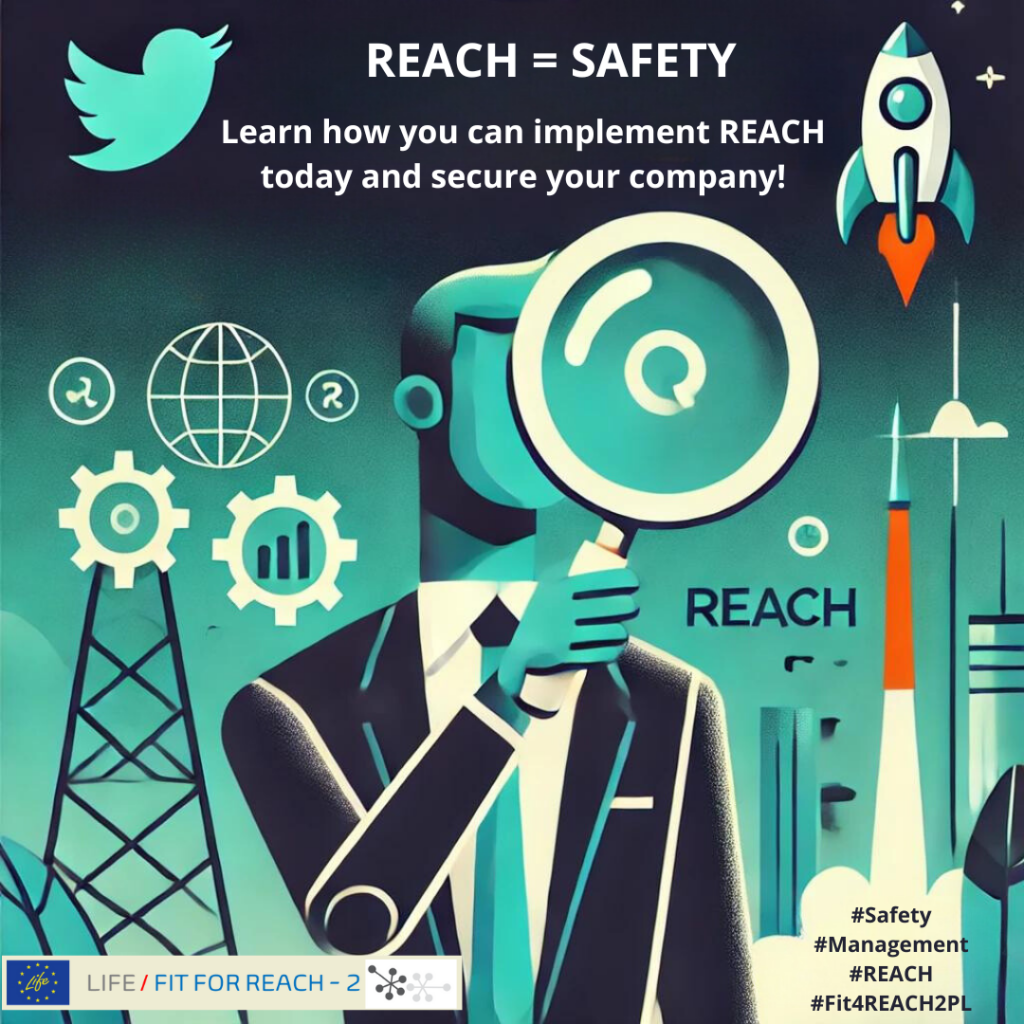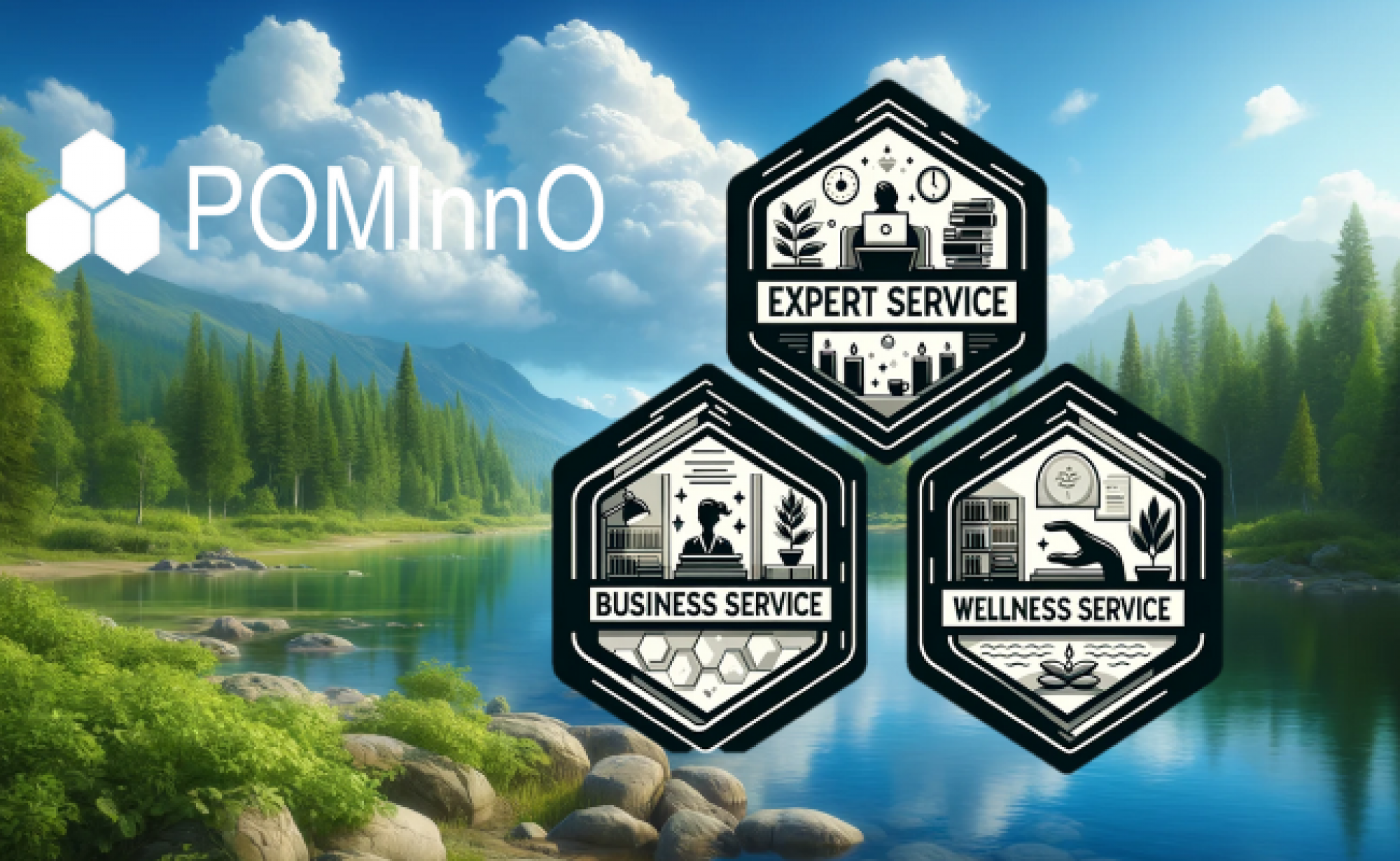
- Introduction to REACH: REACH is a key tool for chemical management in companies operating within the European Union. The introduction of this regulation aims to protect human health and the environment through better management of risks associated with chemicals (ECHA, 2020, Barlow et al., 2015; Fisk, 2013).
- Benefits of Implementing REACH: REACH is a mechanism that not only helps companies comply with legal requirements but also offers long-term benefits such as improved workplace safety, health protection, and enhanced company reputation (Ciatti et al., 2021, Hammerschmidt & Marx, 2014, ECHA, 2016 ).
- Improved Workplace Safety and Health Protection: There is broad consensus in the scientific literature that implementing REACH positively impacts workplace safety. Research shows that reducing exposure to harmful chemicals leads to fewer accidents and occupational diseases (Bodar et al., 2018; Frick, 2011, Wachter & Yorio, 2014, Godderis et al., 2024).
- Compliance as a Risk Management Strategy: Compliance with REACH regulations is crucial to avoiding legal sanctions, as emphasized in scientific studies. This compliance is also seen as a strategic element of risk management in companies, which can lead to an increase in their market value (Ramos et al., 2020; Black & Baldwin, 2012, Vogel, 2010).
- Increased Competitiveness and Sustainable Development: Implementing REACH can contribute to increased competitiveness by improving the company’s reputation for sustainable development. Studies suggest that companies adhering to REACH are perceived as more socially and environmentally responsible, which can attract new customers and partners (Hale et al., 2015; Kontogiannis et al., 2017, Worthington, 2013).
- Challenges of Implementing REACH: While the benefits are usually highlighted, it’s also important to address the challenges associated with implementing REACH, which are discussed in the literature.
- Implementation Costs: One of the main challenges is the high costs associated with implementing REACH, especially for small and medium-sized enterprises (SMEs). Research indicates that these costs may include not only the registration of substances but also risk assessments and compliance monitoring (Salguero-Caparrós et al., 2020; Sutton, 2014).
- Complexity and Bureaucracy: REACH is often criticized for its complexity and administrative demands. The process of registering and evaluating substances is time-consuming and requires significant resources, which can be challenging for SMEs (Li & Guldenmund, 2018; Robinson et al., 2020).
- Recommendations: Given the challenges posed by implementing REACH, it is recommended to take steps such as identifying the chemicals used, conducting risk assessments, training employees, and regular monitoring (Pidgeon, 1991).
- Importance of Training: Studies show that regular employee training in the safe handling of chemicals is crucial for the effective implementation of REACH. These training sessions should cover both theoretical and practical aspects to increase awareness and preparedness among employees (Gander et al., 2011; Walters et al., 2011).
- Monitoring and Auditing: Regular monitoring of REACH compliance and conducting internal audits are essential to maintaining compliance and minimizing risk (Bahr, 2014; Reese, 2018).
Conclusion: The article rightly emphasizes that REACH is not just a legal obligation but also a tool for improving workplace safety and health protection within an enterprise. While implementing REACH comes with certain challenges, the long-term benefits, such as better employee health protection, compliance with regulations, and increased competitiveness, outweigh these difficulties. Therefore, it is worth investing in the REACH implementation process to ensure the safety and sustainable development of the company (Black, 2010; Majone, 2010).
Would You like to find out how our project can help You with REACH – fill in the form and we will contact You shortly: https://forms.gle/6YJgSAJiPpmSQbJW6
Bibliography (with links to original publications)
- Bahr, N. J. (2014). System safety engineering and risk assessment: A practical approach. Available here.
- Barlow, S. M., Boobis, A. R., Bridges, J., Cockburn, A., & others. (2015). The role of hazard-and risk-based approaches in ensuring food safety. Trends in Food Science & Technology, Volume 46, Issue 2, Part A, Pages 176-188 Available here.
- Black, J. (2010). Risk-based regulation: Choices, practices, and lessons being learnt. OECD. https://doi.org/10.1787/9789264082939-en .
- Black, J., & Baldwin, R. (2012). When risk-based regulation aims low: Approaches and challenges. Regulation & Governance. DOI: 10.1111/j.1748- 5991.2011.01124.x.
- Bodar, C., Spijker, J., Lijzen, J., & others. (2018). Risk management of hazardous substances in a circular economy. Journal of Environmental Management. https://doi.org/10.1016/j.jenvman.2018.02.014 .
- ECHA, 2016, Cost and benefit assessments in the REACH restriction dossiers https://doi.org/10.2823/57600
- ECHA, (2020). REACH Regulation Overview. Helsinki: ECHA, https://echa.europa.eu/regulations/reach/understanding-reach
- Fabrizzio Ciatti, Daniel Vencovsky, et al., 2021, Development of REACH – Review of evidence on the benefits & costs of REACH, German Environment Agency, https://www.umweltbundesamt.de/sites/default/files/medien/5750/publikationen/2021_01_28_texte_06-2021_reach_weiterentwicklung_ap_2.pdf
- Fisk, P. (2013). Chemical risk assessment: A manual for REACH. Available here.
- Frick, K. (2011). Worker influence on voluntary OHS management systems–A review of its ends and means. Safety Science. https://doi.org/10.1016/j.ssci.2011.04.007
- Gander, P., Hartley, L., Powell, D., Cabon, P., & others. (2011). Fatigue risk management: Organizational factors at the regulatory and industry/company level. Accident Analysis & Prevention. https://doi.org/10.1016/j.aap.2009.11.007
- Godderis L, et al., 2024, Towards a more effective REACH legislation in protecting human health. Toxicol Sci. 2024 May 28;199(2):194-202. https://doi.org/10.1093/toxsci/kfae025.
- Hale, A., Borys, D., & Adams, M. (2015). Safety regulation: The lessons of workplace safety rule management for managing the regulatory burden. Safety Science. https://doi.org/10.1016/j.ssci.2013.11.012.
- Hammerschmidt, T., Marx, R., 2014, REACH and occupational health and safety. Environ Sci Eur 26, 6 (2014). https://doi.org/10.1186/2190-4715-26-6
- Kontogiannis, T., Leva, M. C., & Balfe, N. (2017). Total safety management: principles, processes, and methods. Safety Science. https://doi.org/10.1016/j.ssci.2016.09.015.
- Li, Y., & Guldenmund, F. W. (2018). Safety management systems: A broad overview of the literature. Safety Science. https://doi.org/10.1016/j.ssci.2017.11.016.
- Majone, G. (2010). Strategic issues in risk regulation and risk management. OECD. https://doi.org/10.1787/9789264082939-en.
- Pidgeon, N. F. (1991). Safety Culture and Risk Management in Organizations. Journal of Cross-Cultural Psychology, 22(1), 129-140. https://doi.org/10.1177/0022022191221009
- Ramos, D., Afonso, P., & Rodrigues, M. A. (2020). Integrated management systems as a key facilitator of occupational health and safety risk management: A case study in a medium-sized waste management firm. Journal of Cleaner Production. https://doi.org/10.1016/j.jclepro.2020.121346
- Reese, C. D. (2018). Occupational health and safety management: A practical approach. https://doi.org/10.1201/9781351228848 .
- Robinson, C., Portier, C. J., & Čavoški, A., et al. (2020). Achieving a high level of protection from pesticides in Europe: Problems with the current risk assessment procedure and solutions. European Journal of Risk Regulation. 11(3):450-480. https://doi.org/10.1017/err.2020.18.
- Salguero-Caparrós, F., Pardo-Ferreira, M. C., & others. (2020). Management of legal compliance in occupational health and safety: A literature review. Safety Science. https://doi.org/10.1016/j.ssci.2019.08.033.
- Sutton, I. (2014). Process risk and reliability management. Available here.
- Vogel, D. (2010). The Private Regulation of Global Corporate Conduct. Business and Society, 49(1), 68-87. https://doi.org/10.1177/0007650309343407
- Wachter, J. K., & Yorio, P. L. (2014). A system of safety management practices and worker engagement for reducing and preventing accidents: An empirical and theoretical investigation. Accident Analysis & Prevention. https://doi.org/10.1016/j.aap.2013.07.029 .
- Walters, D., Johnstone, R., Frick, K., Quinlan, M., & others. (2011). Regulating workplace risks: A comparative study of inspection regimes in times of change. Available here.
- Worthington, I. (2013). Greening Business: Research, Theory, and Practice. Oxford University Press. ISBN: 9780199535224, Available here.
#Safety #Management #REACH #fit4REACH2PL


Wow! Thank you! I continually needed to write on my blog something like that. Can I include a part of your post to my website?
Sure, no problem. But please refer to the source… 😉